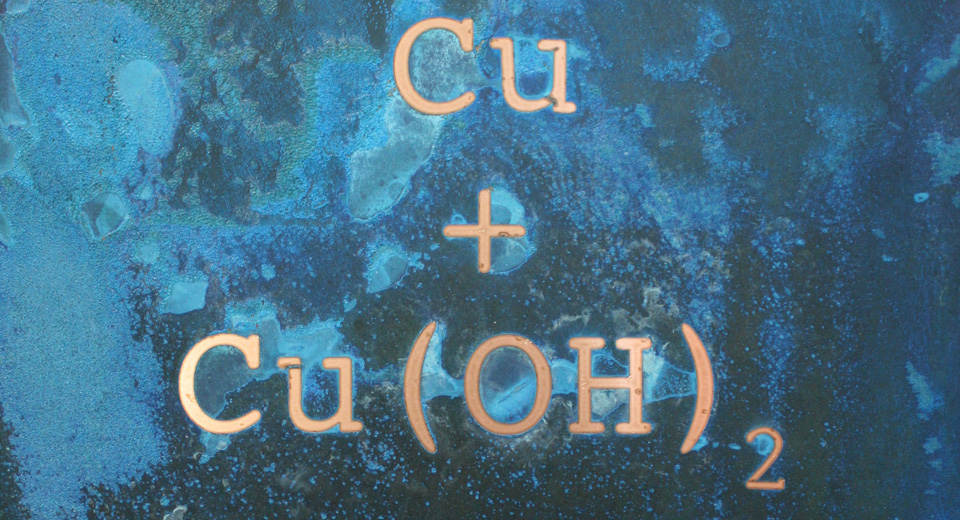Copper
How Does Patina actually Develop?
Surfaces conjured by ageing
Patina is a trend. But what is patina? And how does it develop?
Patina is a surface that has aged naturally or artificially. This can be a colour, but also a structure.
In nature, the patina is usually representative of the age of an object. It is the result of a chemical reaction of airborne particles with the particles on which they precipitate. Often, the patina effect is also caused artificially.
The artificial weathering of the surface usually has an artistic intention. To do this, a material is coated with a paint or glaze and treated with different techniques. Dark shades on the substrate create depth - light shades add highlights.
Copper patina is the typical greenish layer that builds up on copper roofs exposed to the weather, but also on pickled copper or copper alloys (bronze). It is formed from different basic copper hydroxide mixtures. One of the best-known examples of copper patina is the Statue of Liberty. However, besides its visual appeal, the patina certainly has its purpose. It protects the metal underneath. Copper roofs have a service life of several centuries.
You should not confuse the patina with verdigris. Verdigris is a green copper acetate (Spanish green). The colour pigment serves both as a moderately toxic fungicide and as an intermediate for the production of the toxic colour pigment Paris Green. The green flame of Bengali light and fireworks is also achieved with copper acetate.
Besides copper, patina is currently another exciting topic for interior design. Caparol is experimenting with the combination of different surfaces and pigments to bring the typical patina look to rooms. The result is the new creative technique "Verdigris Patina".
Verdigris Patina – that's how it's done





